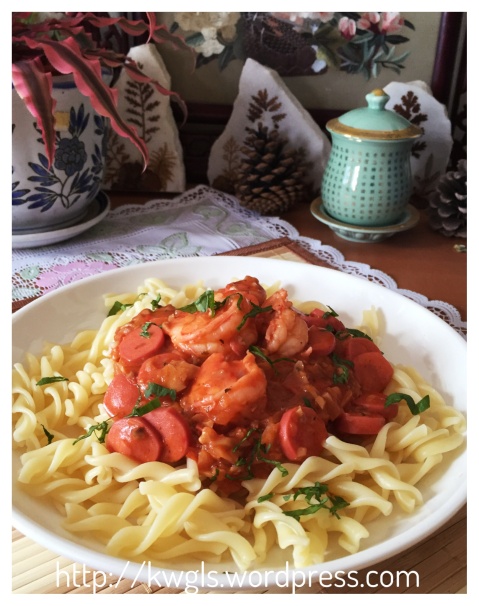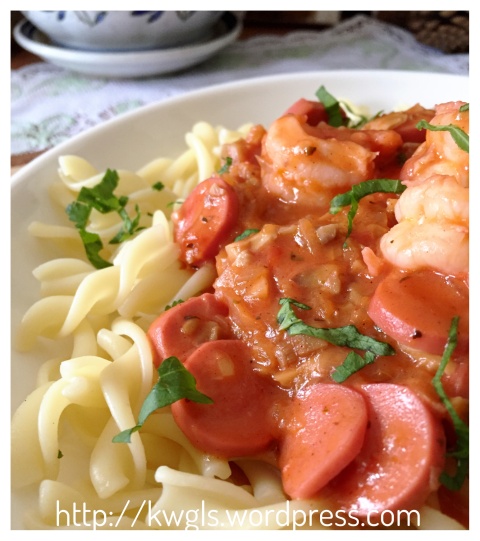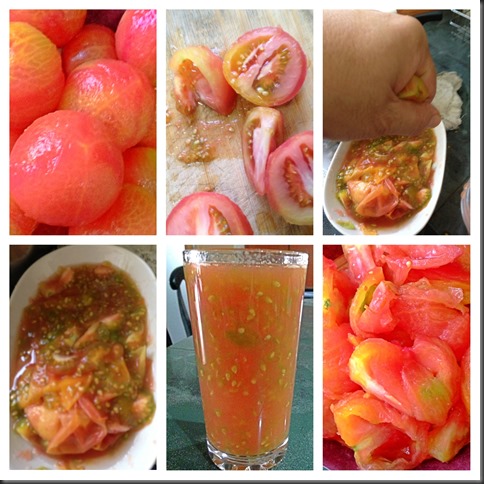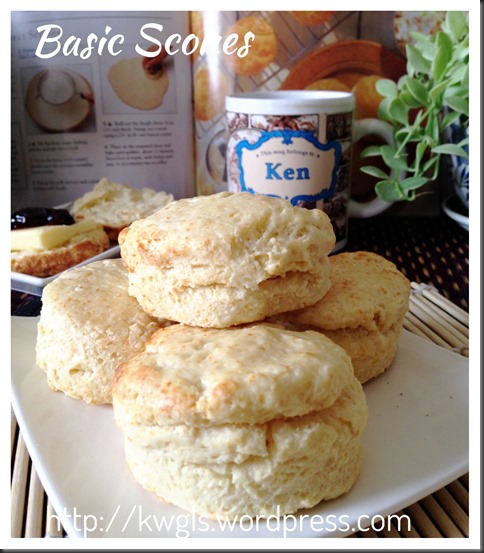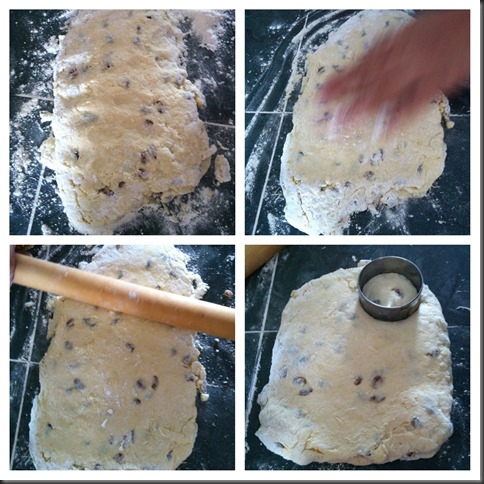INTRODUCTION
It is such an auspicious day that I am writing this post. I swear it is not pre-planned. Today is Mid Autumn Festival aka Moon Cake Festival, it is a festival that is celebrated by all Chinese worldwide. As request by one of the Google communities, I have written a brief write up on Mid Autumn Festivals HERE which you may want to have some casual reading.
The cuisine that I am going to post today is a vegetarian dish called 8 treasure porridge (八宝粥). There are so many versions of this one pot dish in the internet but the recipe that I am going to share is from my kind neighbour. She liked to cook this porridge and after I tried it for the very first time, immediately I fell in love with it. Since then, I had liked to cook this dish in important festivals such as Chinese New Year Day where the whole family were supposed to be on vegetarian diet for one day.
I have cooked this yesterday not because of the festival, but because I craved for the porridge since I am still on my vegetarian diet. I gave two boxes of the porridge to my daughter’s schoolmates mother, she immediately asked for the recipe when she reached home. She commented that the taste of the porridge was totally different from what she had tasted in the vegetarian stalls.
I did not know where my neighbour get the recipe but I found that there are certain ingredients that we used were not found in other 8 treasure porridges sold by the vegetarian stores. Both the ingredients were mock meat acceptable to all vegetarians and without these two ingredients, the taste will definitely be different.
As this was our dinner last night, I did not have much chances to take pictures and the poor lighting make the picture a bit disappointed. But trust me, this is a very different 8 treasure porridge and it is definitely good for casual dining or a presentable dish in important Buddhist religious occasions.
WHAT IS REQUIRED
Though the name is 8 treasure porridge, however, we tend to have more than 8 ingredients and I do not think all my ingredients are in the picture. I should have used 11-12 ingredients here. Most of the ingredients are nuts and a few ingredients and some mock meat.
-
1 cup of uncooked rice – not in picture (白米)
-
1 cup of jujube (红枣)
-
1 cup of peanuts (花生)- soaked
-
1 cup of cashew nuts (腰豆)
-
1 cup of lotus seeds (莲子)- soaked
-
1 cup of gingko nuts (白果)- soaked
-
1 cup of red carrots (cut into cubes) (红萝卜)
-
1 cup of dried mushrooms (soaked and cut into cubes) – not in picture (冬菇)
-
1 cup of mock duck (must have) – (素鸭)
-
1 small packet of “fat Choy” or “black moss” (发菜)
-
1 packet of about 2 sheets of mock goose (素鹅)(must have)
-
6-8 cups of plain water (if not adequate, you can add in water later)
Please do not ask me why they were called mock duck or mock goose, frankly, I do not know. While the shape is difference, the taste is nothing like duck of goose. Both are made of wheat gluten, oil, soya sauce, sugar, salt and packed with proteins. They do have their distinct flavour but I can’t describe exactly what is the flavour. They can generally found in Chinese grocery stores that sell vegetarian supplies. These two items are the two most important ingredients in this porridge and without it, the taste will be different.
This a type of moss now commercially cultivated in the Gobi dessert and Chinese Government do place a restriction in harvesting the moss. The meaning of having these mosses signifies prosperous since the syllables in Chinese name is the same of both “Fat Choy” and “Black Moss”. I hereby quote what Wikipedia had explained about this moss.
“Fat Choy (Nostoc flagelliforme), also known as faat Choy, fa cai, black moss, hair moss or hair weed is a terrestrial cyanobacterium (a type of photosyntheticbacteria) that is used as a vegetable in Chinese cuisine. When dried, the product has the appearance of black hair. For that reason, its name in Chinese means “hair vegetable.” When soaked, this vegetable has a very soft texture which is like very fine vermicelli.” (Source: http://en.wikipedia.org/wiki/Fat_choy)
STEPS OF PREPARATION
Preparing all other ingredients
-
Clean all ingredients (except mock duck and mock goose) and you may want to soak the peanuts and lotus seeds (if you buy the dry type). Cut into almost the same size as the peanuts and set aside for the later use.
Frying the mock goose
-
In a frying pan, have some cooking oil under high heat, fry the mock goose until crispy. When cooled, cut into thumb size pieces and set aside for the later use. (Note: While it is good to have minimum oil in the cooking, however, without performing this step, the fragrance will not be there. However, you can try using “air fryer” but I am unsure whether the taste will be the same.)
-
Depending on your preference, you can use the same oil to stir fry the mock duck, gingko, lotus seeds, mushrooms, carrots etc. for a few minutes such that the mock goose and mushroom aromas blends with the other ingredients. Set aside for later use. This illustration bypassed this step to minimize the usage of cooking oil in the porridge and the taste will not be compromised much.
-
Clean your rice and place in the rice cooker. Add in all other ingredients except “fat Choy”. Select porridge function for cooking the porridge.
-
Just a few minutes before the porridge function was done, add in fat Choy and seasonings. Suggested seasonings are light soya sauce, salt, sugar or other flavour enhancers. Note that some of the ingredients already have some seasonings, please take some porridge out for tasting before you put the condiments.
Note that you can also use pressure cooker but remember to select the porridge function if it have. Alternatively, I have ever cooked the porridge over the stove and in this way it is easier for you to monitor the desire texture of your porridge though the cooking time may be longer. As long as all ingredients are soft, the porridge is considered as done.
-
Best served hot with “you tiao” – a type of Chinese plain dough fritters or additional crispy “mock goose”. Both these are optional.
CONCLUSION
As I have said earlier, I fell in love with this special porridge when I have my first bowl years back. I am confident you will like it too. Bookmark this page for your future usage. You may want to cook it during Chinese New Year like me!
Hope you like the post today. Cheers
If you are looking for more CHINESE NEW YEAR COOKIES, you may want to visit this post summarizing all relevant Chinese New Year Cuisines.
For more recipes, you can refer to my RECIPE INDEX here and you can follow me at PINTEREST or visit this blog’s FACEBOOK PAGE .
If you are a Pinterest user and you are interested to have more recipes, you can join or follow this Pinterest Board set up by me where there are more than 1000 recipes worldwide and pinned by various bloggers: FOOD BLOGGERS AND FOODIES UNITED PINTEREST BOARD. You can also join the Food Bloggers and Foodies United Group Facebook Group to see more recipes.
























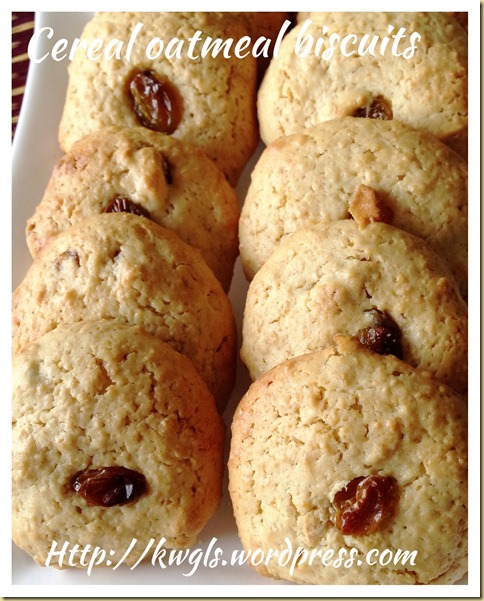










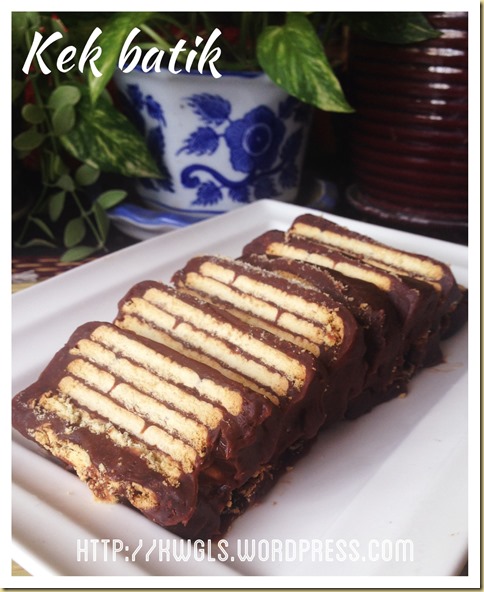




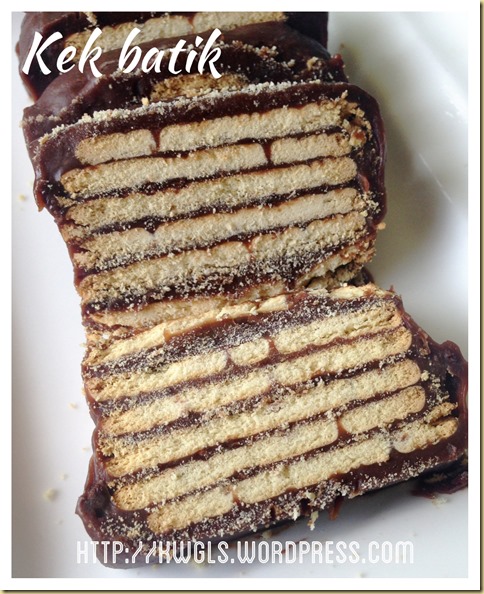
 (Source:
(Source: 

















 (
(




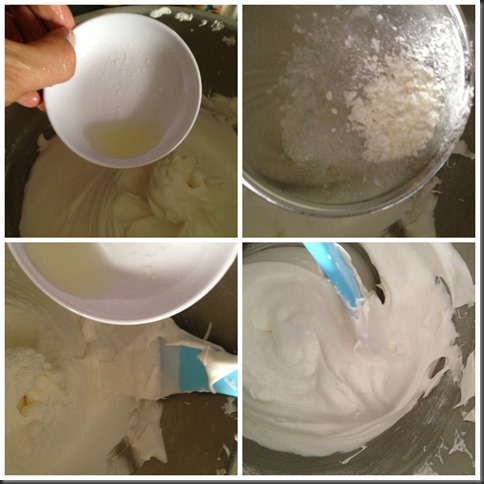














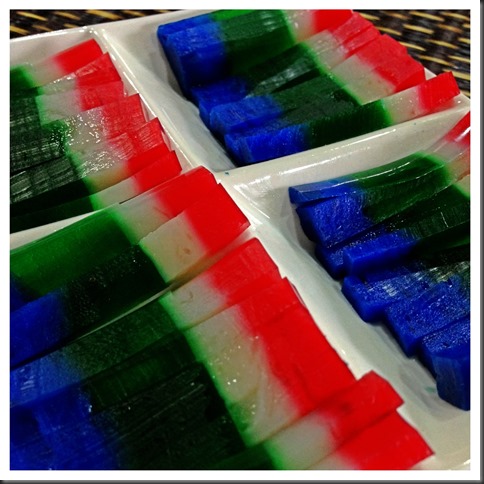


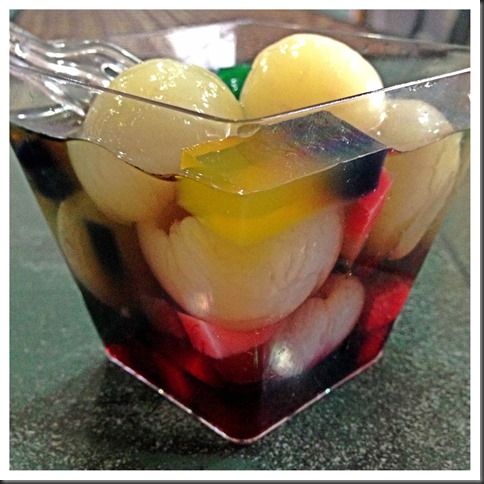









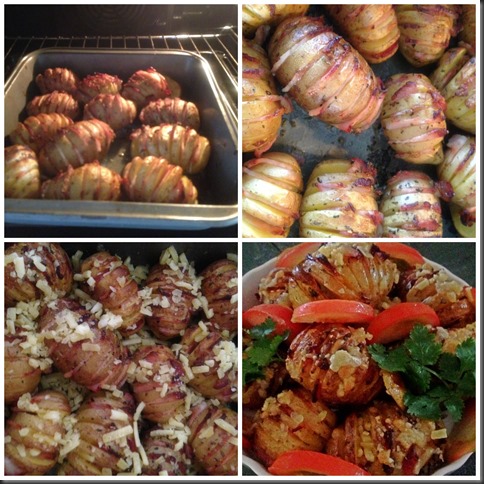






























![group-board-picture72222222222222222[2] group-board-picture72222222222222222[2]](https://kwgls.files.wordpress.com/2013/12/group-board-picture7222222222222222221.jpg?w=490&h=249)


